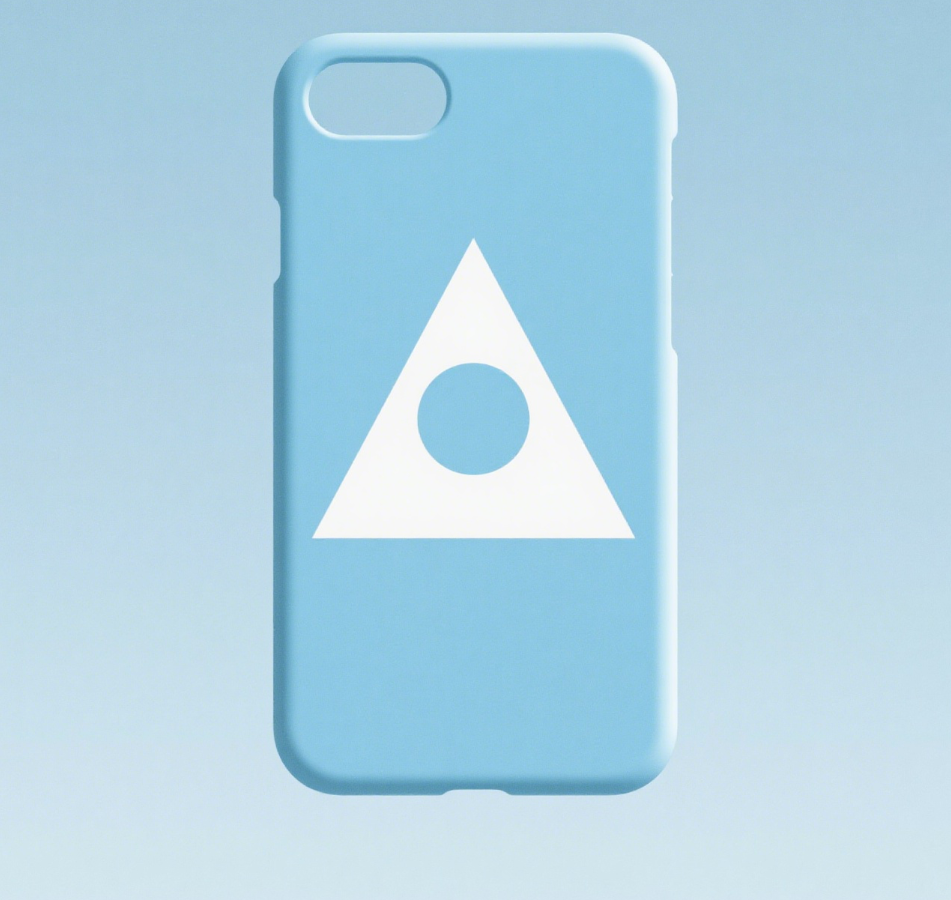In today’s world of customization, creating your own phone case with a 3D printer is not only possible but also an exciting DIY project. Whether you’re looking for a unique design, enhanced protection, or simply want to experiment with 3D printing, this guide will walk you through everything you need to know about making a 3D printed phone case.

Why 3D Print a DIY Phone Case?
3D printing offers endless possibilities for customization. Here’s why you should consider it:
- Unique Designs: Create a case that matches your personality.
- Cost-Effective: Save money compared to premium branded cases.
- Perfect Fit: Ensure your phone case fits snugly.
- Material Flexibility: Choose from PLA, TPU, or other durable filaments.
Materials for 3D Printing a Phone Case

Selecting the right material is crucial for durability and protection. Here’s a comparison:
| Material | Pros | Cons |
|---|---|---|
| PLA | Easy to print, rigid, eco-friendly | Less flexible, may crack on impact |
| TPU | Flexible, shock-absorbent, durable | Harder to print, requires fine-tuning |
| PETG | Strong, impact-resistant, good balance | Slightly more expensive |
Steps to 3D Print a Phone Case
1. Design Your Case
Use software like Fusion 360 or Blender to create a custom model. Ensure precise measurements for a snug fit.
2. Choose the Right Printer Settings
-
- Layer Height: 0.1mm for fine details.
- Infill Density: 20-30% for balance between strength and flexibility.
- Print Speed: Slower speeds (30-50mm/s) for better quality.
3. Print and Test
After printing, test the case for fit and durability. Make adjustments if needed.
Common Challenges and Solutions
Problem: Warping or poor adhesion.
Solution: Use a heated bed and adhesive like glue stick or hairspray.
Problem: Case is too rigid.
Solution: Switch to TPU or reduce infill density.
FAQ: Can I Use a 3D Printer for a DIY Phone Case?

1. Is PLA good for printing a phone case?
PLA is easy to print but less flexible. It works for rigid cases but may crack on impact.
2. What’s the best material for a flexible phone case?
TPU is ideal for flexible, shock-absorbent cases.
3. Can I sell 3D printed phone cases?
Yes, but ensure you comply with local regulations and avoid copyrighted designs.
4. How thick should a 3D printed phone case be?
1.5-2mm is optimal for protection without bulk.
5. Do I need supports for printing a phone case?
Usually not, but complex designs may require minimal supports.
6. How long does it take to 3D print a phone case?
Typically 2-4 hours, depending on design complexity.
7. Can I print a phone case for any phone model?
Yes, but you’ll need precise measurements or a pre-made 3D model.
8. What’s the best 3D printer for phone cases?
Printers like the Creality Ender 3 or Prusa i3 MK3S work well.
9. How do I clean a 3D printed phone case?
Use mild soap and water. Avoid harsh chemicals.
10. Can I add a design or logo to my case?
Yes, customize your 3D model or use engraving techniques.
Conclusion
3D printing a DIY phone case is a rewarding project that combines creativity and functionality. With the right materials, printer settings, and design, you can create a case that’s uniquely yours. Whether you’re a beginner or an experienced maker, this guide provides all the steps and tips you need to succeed. Happy printing!






Comments
No comments yet. Be the first to comment!